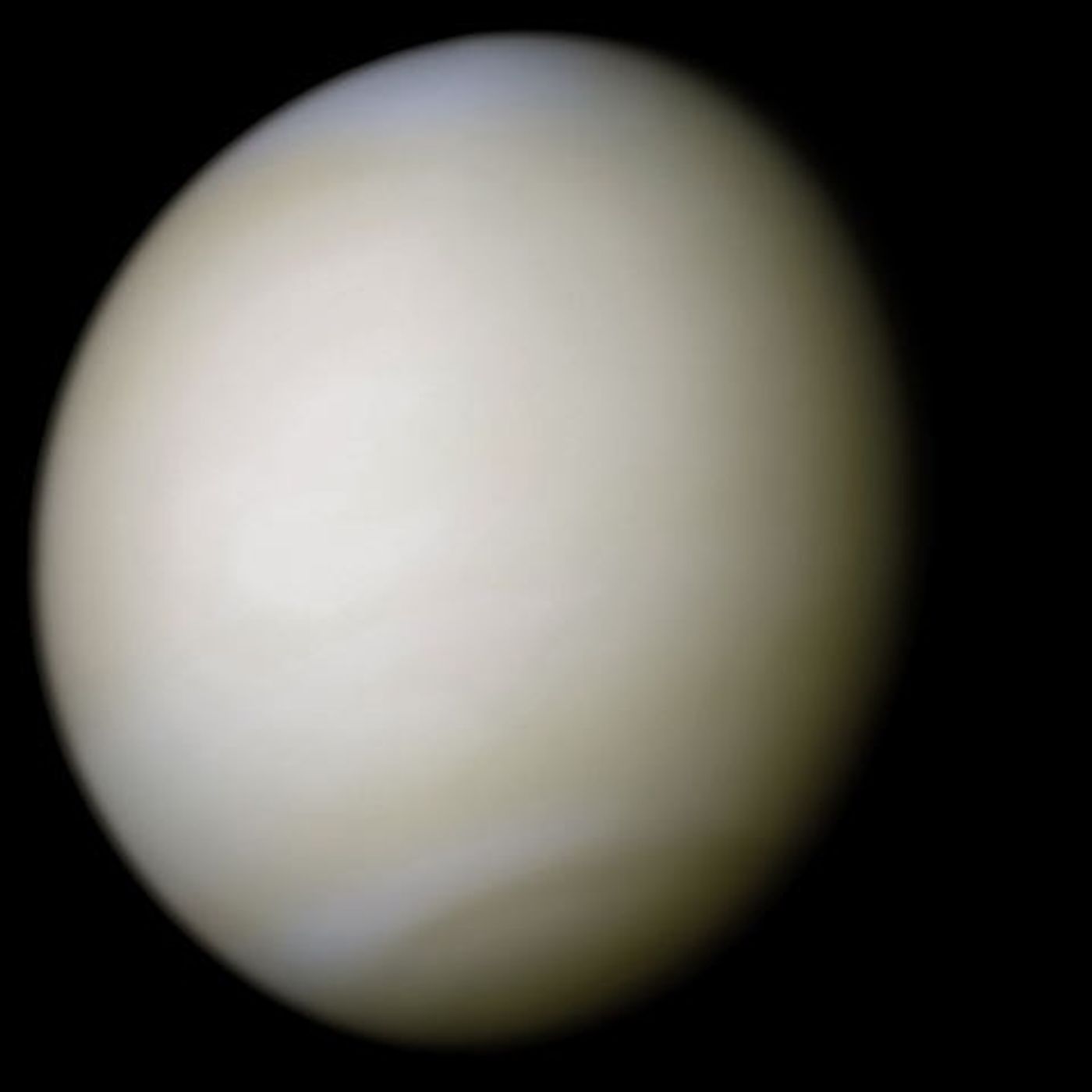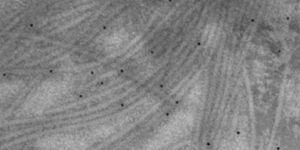Cloud Activity on Venus' Night Side Baffles Astronomers
Although planetary scientists regarded Venus as Earth’s sister planet for many years, some of the latest studies illustrate just how inaccurate such a title would be.
Image Credit: NASA
In a new study published in the journal Nature Astronomy, scientists describe how a simple curiosity about Venus’ atmospheric ‘super-rotation’ led to intriguing findings of inconsistent cloud movements on the planet’s night side.
"While the atmospheric circulation on the planet's day side has been extensively explored, there was still much to discover about the night side,” said study lead author Javier Peralta (JAXA). “We found that the cloud patterns there are different to those on the day side, and influenced by Venus' topography."
Related: Would you be able to hear someone talking on Venus?
Experts have known for some time that Venus’ atmosphere exhibits super-rotation, which is when the atmosphere rotates much faster than the hard surface beneath it. On the other hand, they've struggled to explain why the phenomenon occurs because no current models seem to agree with what astronomers observe every time they peer at the planet.
Some unseen act of physics must be causing the super-rotation, and there's significant motivation to solve the mystery. Because we know very little about the atmospheric physics happening on Venus’ night side, it seemed to Peralta's team like a great place to start looking for answers.
“We focused on the night side because it had been poorly explored; we can see the upper clouds on the planet's night side via their thermal emission, but it's been difficult to observe them properly because the contrast in our infrared images was too low to pick up enough detail, Peralta continued.”
Related: Here's why humans will probably never set foot on Venus' surface
After watching Venus’ night side with Venus Express’ onboard Visible and Infrared Thermal Imaging Spectrometer (VIRTIS), the team discerned how clouds on the planet’s night side move more chaotically than they do on the day side.
With little rhyme or reason, the clouds on the night side appeared to have minds of their own. Their morphologies were significantly different than those on the day side, and some clouds weren’t moving along with the rest of the atmosphere.
Rather than providing insight into Venus' super-rotation, the findings raised more questions about our neighboring planet than they answered. Nevertheless, the results agreed with conclusions reached by other unrelated studies that used different methods to observe Venus's night side.
Not only does this research illustrate that there’s still much to learn about Venus and the workings of its atmosphere, but it also highlights how the atmospheric models we use here on Earth don't apply well to other planets, where atmospheric conditions can be entirely different.
It should be interesting to learn what follow-up studies will uncover about Venus and if astronomers will ever learn of the exact mechanisms behind the planet's super-rotation.
Source: Phys.org









